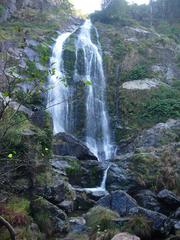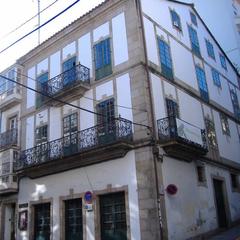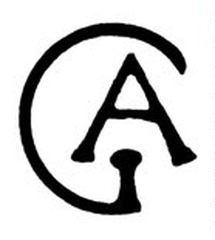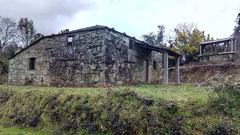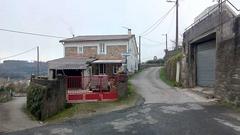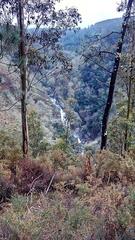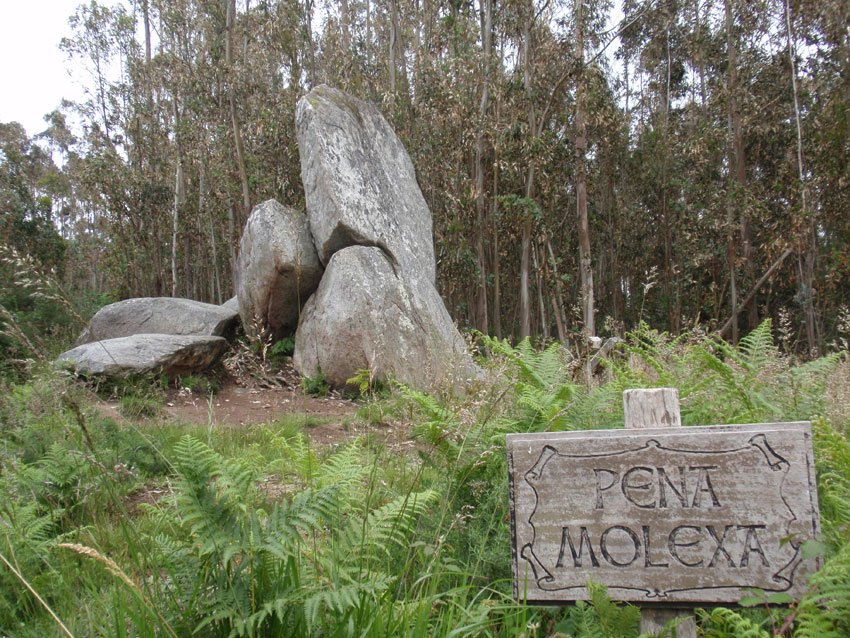
Pena Molexa Visiting Hours, Tickets, and Historical Sites in Ferrol, Spain
Date: 17/08/2024
Introduction
Nestled in the heart of northwestern Galicia, Spain, Pena Molexa is a mesmerizing megalithic monument that beckons history enthusiasts, cultural aficionados, and curious tourists alike. Located in Narón, near Ferrol, this ancient site stands as a testament to the region’s rich prehistoric past and its deep-rooted cultural traditions. Shaped like a lunar disk atop stones resembling a boat, the monument’s intricate construction suggests significant human effort, dating back to the Bronze Age (AncientPages). The allure of Pena Molexa is further accentuated by its alignment with the lunar cycle and the legends that shroud it, linking it to ancient rituals, Celtic altars, and mystical figures like the Moura. With no entry fee and year-round accessibility, this historical landmark offers a mystical journey through time, making it a must-visit for anyone exploring Galicia’s captivating landscapes and cultural heritage.
Table of Contents
- Introduction
- History and Significance of Pena Molexa
- Visitor Information for Pena Molexa
- Nearby Attractions and Accessibility
- Modern Interpretations and Celebrations
- FAQ
- Conclusion and Call to Action
History and Significance of Pena Molexa
Ancient Origins and Megalithic Construction
Pena Molexa, located in Narón, northwestern Galicia, Spain, is a remarkable megalithic monument that has captivated the imagination of locals and visitors alike for millennia. This impressive structure is a large granite rock shaped like a lunar disk, placed on large stones shaped like a boat. The entire complex is composed of six large stones arranged in a connected manner, forming a unique and intentional placement that dates back to the Bronze Age (AncientPages).
The construction of Pena Molexa is attributed to ancient stonemasons who meticulously placed the granite blocks, suggesting a significant human effort rather than a natural occurrence. This artificial placement underscores the monument’s importance in the prehistoric era, possibly serving as a Celtic altar, a place of worship oriented to the full moon, or a sanctuary dedicated to the Mother Goddess (AncientPages).
Symbolism and Cultural Significance
Pena Molexa is situated in a region dense with symbolism, making it a focal point for various legends and cultural narratives. One of the most well-known legends involves a magician woman, known as a Moura, who is believed to possess the secrets of the earth and the Underworld. This legend highlights the monument’s mystical and spiritual significance, linking it to ancient beliefs and rituals (Turismo Narón).
The structure’s alignment with the lunar cycle further emphasizes its cultural importance. Pena Molexa marks the spot where the full moon rises every 19 years on the summer solstice of the Metonic year, a cycle discovered by the Athenian astronomer Meton in 432 BC. This alignment suggests that the monument may have been used to adjust the Metonic cycle and establish ancient calendars (AncientPages).
Legends and Myths
The legends surrounding Pena Molexa are rich and varied, adding to its allure and mystique. One such legend tells of a Moura who emerges on the night of San Xoan (St. John’s Eve) to display her gold, challenging suitors to choose the most valuable piece. If they select the heaviest gold piece, the Moura disappears, and the chosen object turns into coal. Another legend suggests that the monument represents a king and his knights turned to stone for failing a test, who regain their human form and ride again on San Xoan night (Turismo Narón).
These legends not only enhance the monument’s cultural significance but also reflect the deep-rooted beliefs and traditions of the Galician people. The recurring theme of transformation and the connection to the lunar cycle underscore the monument’s role in ancient rituals and ceremonies.
Archaeological and Historical Context
Pena Molexa is part of a broader archaeological and historical landscape in Galicia, which includes numerous castros (ancient fortified settlements) and other megalithic structures. The nearby Pena Lopesa, for example, is the remains of an ancient castro and a medieval fortress that was eroded by the sea. This site, along with Pena Molexa, provides valuable insights into the region’s prehistoric and medieval past (Turismo Narón).
The archaeological evidence, including ceramic remains and other artifacts, confirms the occupation of these sites around the turn of the era. These findings highlight the long-standing human presence and the cultural continuity in the region, further emphasizing the historical significance of Pena Molexa and its surrounding landscape (Turismo Narón).
Visitor Information for Pena Molexa
Visiting Hours and Tickets
Visitors to Pena Molexa can explore the site at any time as it is open year-round. There are no specific visiting hours, making it accessible for those looking to experience the monument at their own pace. Additionally, there is no admission fee, allowing free access to this historical landmark.
Travel Tips
- Location: Pena Molexa is located in Narón, northwestern Galicia. It’s advisable to use a map or GPS for precise directions.
- Best Time to Visit: While the monument can be visited year-round, visiting during the summer solstice can provide a unique experience due to the alignment with the lunar cycle.
- Amenities: There are limited amenities on-site, so visitors should come prepared with water and snacks, especially if planning a longer visit.
- Guided Tours: For those interested in a deeper understanding of the site, guided tours may be available through local tourism offices.
Nearby Attractions and Accessibility
Nearby Attractions
- Pena Lopesa: The remains of an ancient castro and medieval fortress, offering additional historical context to the area.
- Monte da Lagoa: A nearby natural park providing opportunities for hiking and enjoying the natural beauty of Galicia.
- Narón Historical Sites: The town of Narón itself has several historical sites worth exploring, including ancient churches and forts.
Accessibility
Pena Molexa is accessible by car, with parking available nearby. The terrain around the monument can be uneven, so visitors should wear appropriate footwear and be prepared for some light hiking.
Modern Interpretations and Celebrations
In contemporary times, Pena Molexa continues to be a site of cultural and historical interest. The monument is celebrated during the summer solstice with various festivities, including traditional games, music, and food. These celebrations not only honor the monument’s ancient significance but also keep the legends and traditions alive for future generations (La Voz de Galicia).
Historians and local scholars, such as André Pena, emphasize the unique nature of Pena Molexa as the only known megalithic monument dedicated to the moon. This distinction highlights the monument’s exceptional place in the cultural and historical landscape of Galicia, making it a valuable heritage site for both locals and visitors (La Voz de Galicia).
FAQ
Q: What are the visiting hours for Pena Molexa? A: Pena Molexa is open year-round, and there are no specific visiting hours.
Q: Is there an admission fee to visit Pena Molexa? A: No, there is no admission fee, and it is free to visit.
Q: What is the best time to visit Pena Molexa? A: While it can be visited year-round, visiting during the summer solstice can provide a unique experience due to the alignment with the lunar cycle.
Q: Are there guided tours available? A: Guided tours may be available through local tourism offices for those interested in a deeper understanding of the site.
Conclusion and Call to Action
Pena Molexa stands as a testament to the rich cultural and historical heritage of Galicia. Its ancient origins, symbolic significance, and the legends that surround it make it a fascinating site for anyone interested in the region’s past. The monument’s alignment with the lunar cycle and its role in ancient rituals underscore its importance in prehistoric times, while modern celebrations and scholarly interpretations continue to highlight its enduring legacy. For visitors to Narón, Pena Molexa offers a unique glimpse into the mystical and historical world of ancient Galicia.
If you’re intrigued by the mysteries of Pena Molexa and other historical sites in Narón, download our mobile app Audiala for more information, travel guides, and updates. Follow us on social media to stay connected and discover more about Galicia’s rich cultural heritage.

